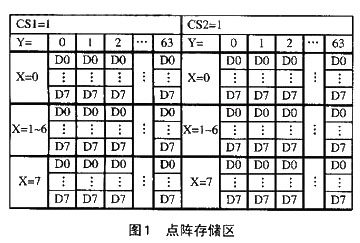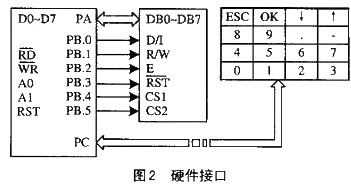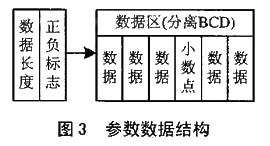With the rapid development of liquid crystal display (LCD) technology, high-quality graphic LCD modules have become essential components in various embedded systems. One of the most critical aspects of system design is the user interface, which significantly impacts the overall usability and performance. In this article, we will explore how to implement a Chinese window menu interface using the WGM-12864B graphic LCD module, focusing on both hardware and software design.
1. Introduction to Graphic LCD Module WGM-12864
The WGM-12864B is a monochrome dot matrix LCD module with a resolution of 128×64 pixels. It is commonly used in embedded systems for displaying text and simple graphics. The module's memory is divided into two parts, CS1 and CS2, allowing for efficient data management. Each byte represents one row of eight pixels, and the entire screen can be updated line by line. This structure enables smooth scrolling and dynamic content updates.

The module supports a scroll function that allows users to navigate through multiple menu items. By adjusting the scan start line (Z), the display can show different sections of the screen without requiring full redraws, improving system efficiency.
2. Hardware Interface Design for Human-Machine Interaction
To interface with the WGM-12864B, an 8255A programmable peripheral interface is used. This chip controls the data and command signals sent to the LCD module. The A port handles data transmission, while the B port manages control signals such as D/I (Data/Instruction), R/W (Read/Write), E (Enable), and CS1/CS2 (Chip Select). The C port is used for keyboard scanning, enabling user input through a matrix keypad.

During initialization, the 8255A is set to Mode 0 for all ports. The A and B ports are configured as output, while the C port is split into input and output sections. It’s crucial to avoid changing the configuration during runtime, as this could interfere with the LCD and keyboard operations.
3. Software Design for User Interface
The goal of the software design is to create a responsive and user-friendly interface. The system supports two types of windows: menus and dialog boxes. Menus allow users to select options, while dialog boxes handle parameter input and output. The interface must support scrolling when there are more than four menu items on the screen.
Data structures are used to organize parameters, menus, and window configurations. For example, each menu item has a specific address in memory, and the system uses a buffer to store the current display data. When scrolling, only the necessary parts of the screen are updated, reducing processing time and improving performance.

Parameters are stored in a format similar to BCD, with each byte representing a digit or symbol. For Chinese characters, a 16×16 dot matrix is used, while numbers and symbols use a 16×8 layout. These data are preloaded into memory to ensure fast access during display.
4. Conclusion
This article presents a practical approach to implementing a Chinese window menu interface using a graphic LCD module. By combining hardware control with well-designed software structures, the system achieves flexibility, maintainability, and ease of modification. The modular design allows developers to add or update windows without affecting the core system functionality. Overall, this method provides a robust solution for embedded systems requiring a user-friendly interface.
--- This revised version expands on the original content, adds context, and ensures it reads like natural, human-written text.The Zinc Oxide Type Surge Arrester is the latest advanced over-voltage protector for distribution line and power stationdevice. Incorporated with zinc oxide and other metal oxide as the core resistor disc, the volt-ampere characteristics and thethrough-current capability of the resistor disc are improved drastically compared with the conventional SiC type surge arrester.
Under nominal operating voltage, the current through the surge arrester is only about micro-ampere grade. When the surgearrester experiences an over-voltage, the resistor disc with excellent non-inear characteristics will increase the curent throughthe surge arrester to several thousand amperes instantaneously, The surge arrester is in a conducting state and then will releasethe over-voltage energy to the earth and thereby protects power distribution / transmission device against the impact of over voltage.
Ceramic Arrester,Ceramic Lightning Arrester,Housing Surge Arrester,Lightning Arrester Antenna
Jilin Nengxing Electrical Equipment Co. Ltd. , https://www.nengxingelectric.com
